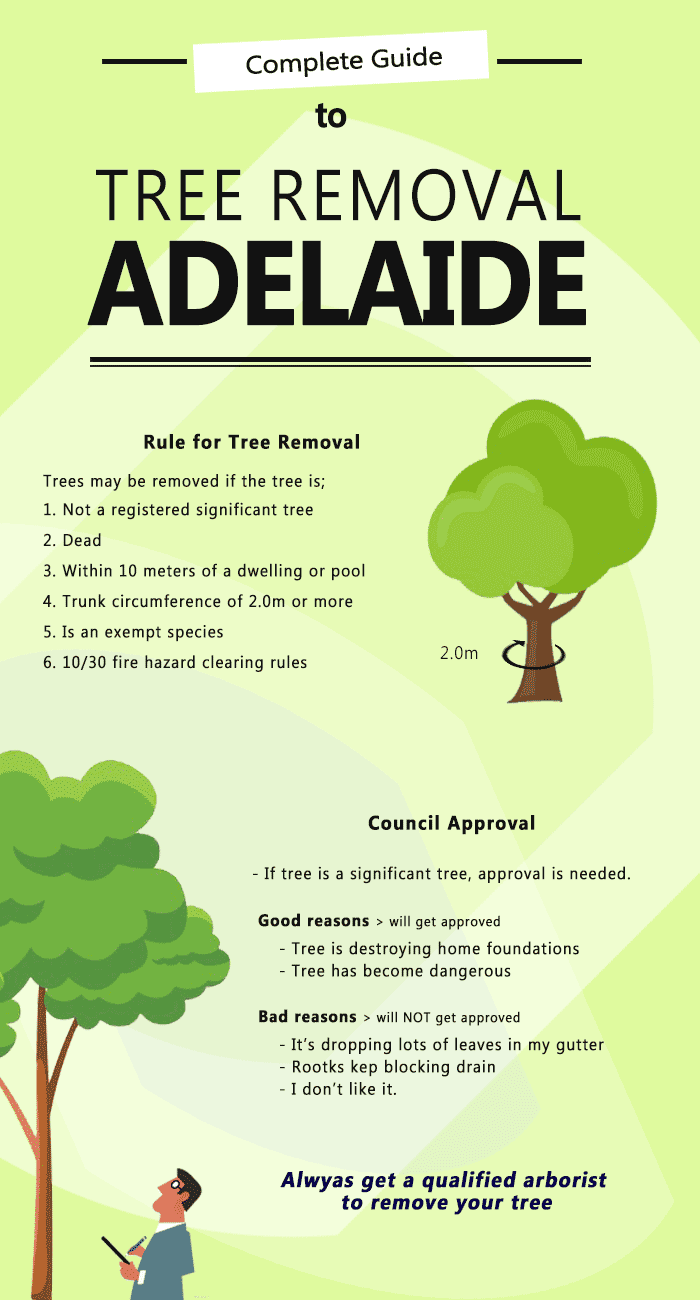When it concerns creating a landscape that thrives, understanding the art of tree pruning is a must. Imagine being able to form your trees with precision, ensuring their vitality and beauty for years to find. By discovering the vital strategies for proper cuts, timing, and structural training, you hold the secret to a successful outside area that will certainly impress all that experience it. However how do these pruning approaches truly affect the health of your trees and the total landscape aesthetic?
Correct Trimming Cuts for Tree Health And Wellness
When it concerns keeping the wellness of your trees, making proper trimming cuts is essential. Incorrect cuts can result in disease, insect invasion, and overall tree decline. To make certain the vitality of your trees, constantly begin by utilizing sharp, clean devices to make accurate cuts.
Begin by determining the branch collar, a swollen location where the branch connects to the trunk. Reducing simply outside the collar helps advertise proper recovery and lowers the risk of infection. Avoid leaving stubs as they can invite bugs and conditions right into the tree.
Remember to make cuts at a slight angle, sloping far from the trunk, to prevent water from merging on the wound. In addition, get rid of any dead, harmed, or going across branches to improve air circulation and sunlight infiltration.
Timing and Regularity of Trimming
To maintain the health and wellness and framework of your trees, understanding the optimum timing and regularity of pruning is critical.
The very best time to trim trees is usually throughout the dormant period in late winter or early springtime. Pruning throughout this duration aids advertise new development once the tree starts budding in the springtime.
Nevertheless, some trees, like spring-flowering ones, are best pruned right after they finish blooming to stay clear of cutting off following year's flower buds.
Normal pruning is vital, however the regularity depends on the tree types and its growth price. For many trees, an annual inspection to remove dead, infected, or crossing branches is advised. Youthful trees might need more regular pruning to develop a strong structure, while mature trees might only require maintenance trimming every couple of years.
Prevent trimming during the loss when conditions are more quickly spread, and refrain from heavy pruning throughout the summertime when the tree is proactively growing.
Educating Young Trees for Framework
For developing strong and healthy and balanced trees, training young trees for optimum framework is essential. By forming a tree when it's young, you set the structure for a strong and visually attractive mature tree.
Begin by recognizing the central leader, which is the major upward-growing branch. Urge the main leader's development by pruning away contending leaders, assisting the tree establish a strong central trunk. Additionally, eliminate any branches that grow inward or downward, as they can trigger structural problems as the tree grows.
It is essential to area out lateral branches uniformly around the trunk to advertise balanced growth. As the tree develops, remain to monitor its growth and trim as required to keep its shape and structure.
Effectively trained young trees are much less likely to create weak crotches or overcrowded branches, minimizing the threat of damage during storms. Spending future garden reviews in training young trees will repay with a beautifully structured and resilient tree in the future.
mike landscape that you have mastered the important techniques of tree trimming, your landscape gets on its means to thriving. By utilizing sharp tools, making specific cuts, and correctly timing your pruning sessions, you are ensuring the health and longevity of your trees. Remember to frequently check and keep your trees to keep them flourishing. With your newly found knowledge, your landscape will remain to expand wonderfully for many years ahead. Maintain low-maintenance small rock garden ideas !
